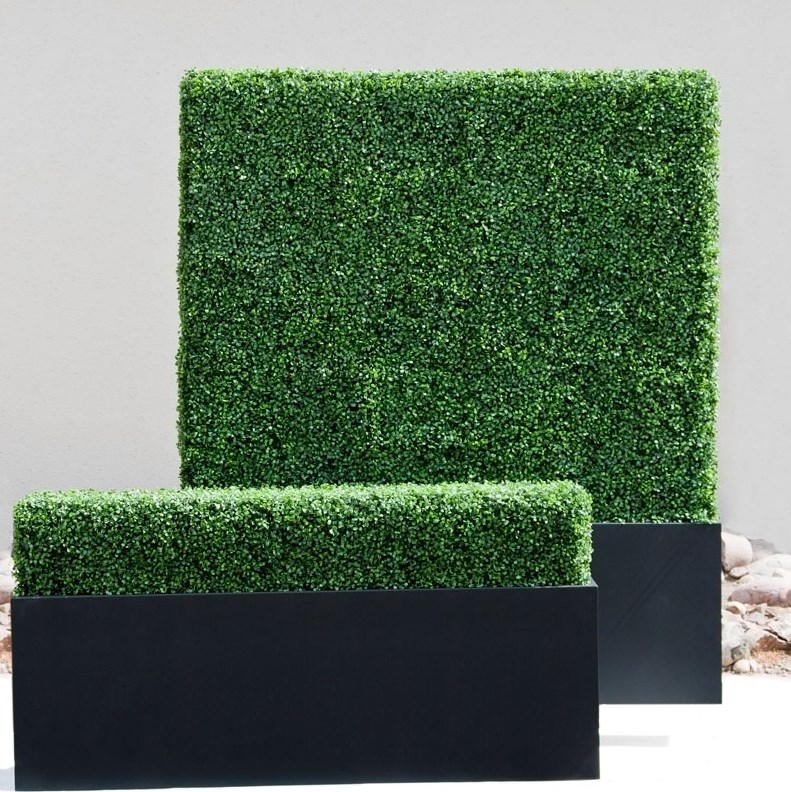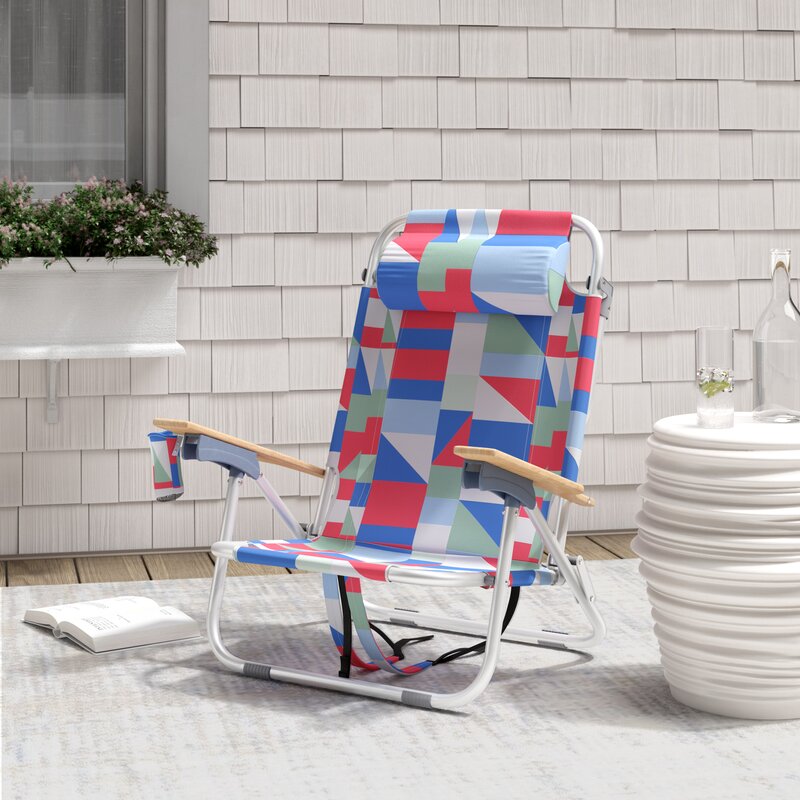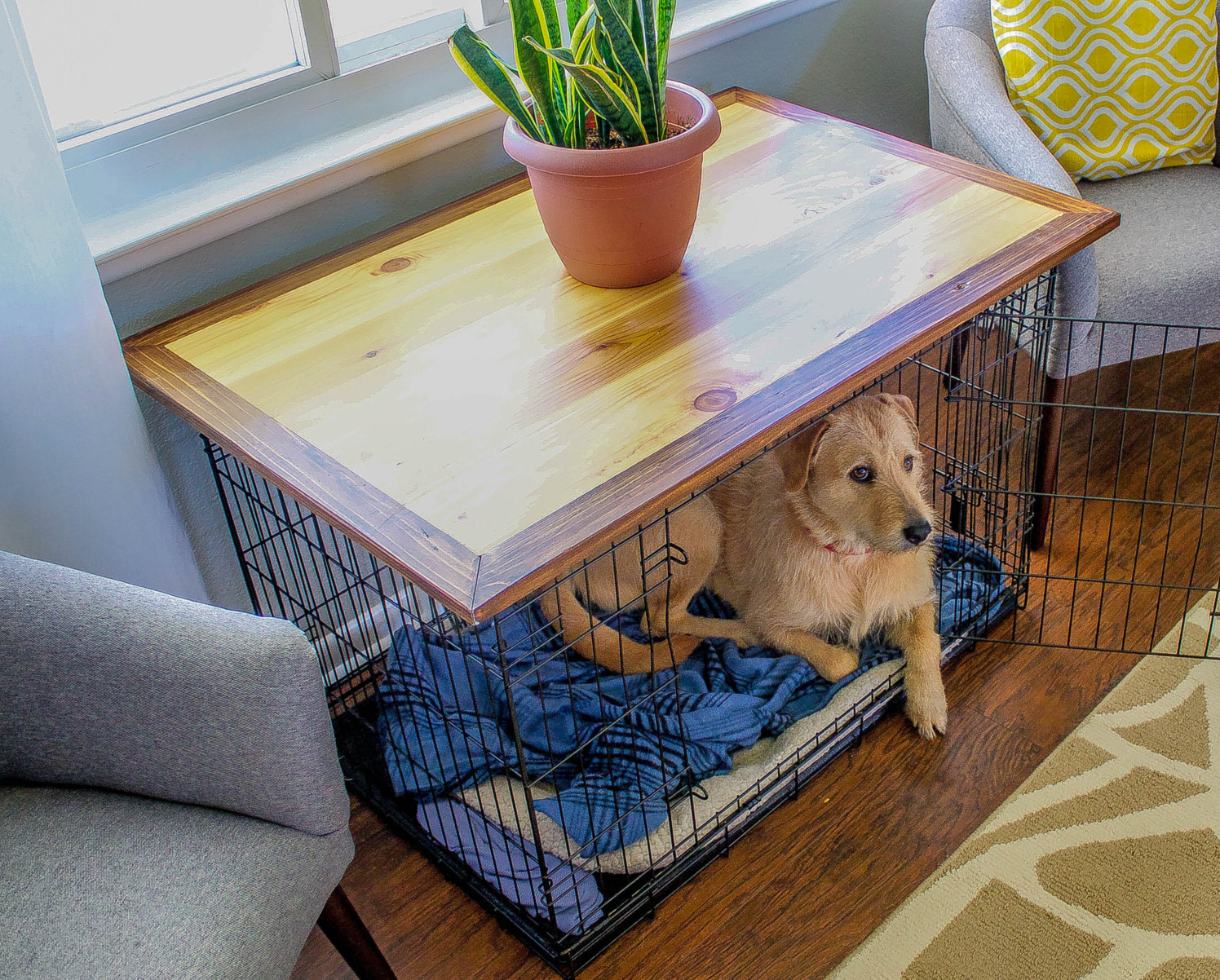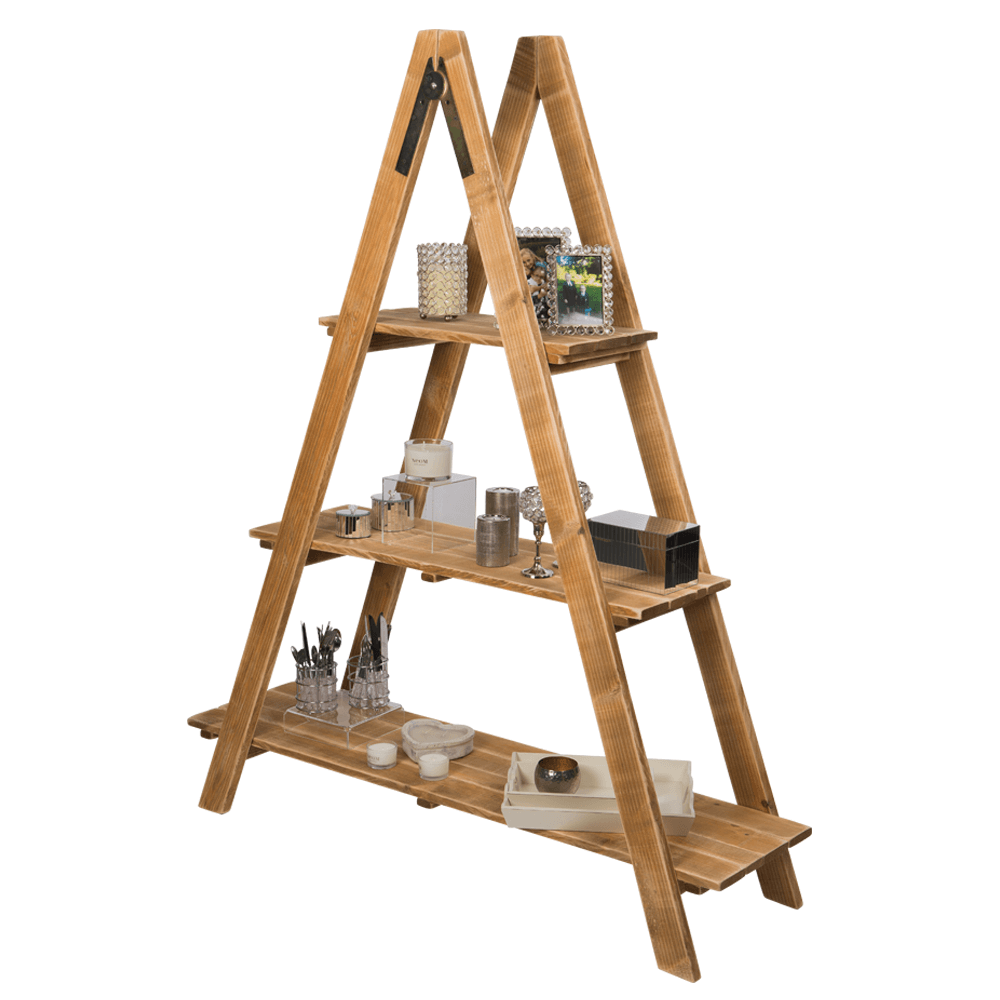House plants of australia’s plant of the year in 1988, the philodendron xanadu is another tough, low maintenance and versatile plant. In spring, this flowering shrub is one of the first plants to bloom (a trait that is always highly valued in the north).
Low Maintenance Screening Plants, Slender weavers bamboo (bambusa textilis ‘gracilis’) lilly pilly (syzygium smithii) photinia red robin (photinia x fraseri) Arborvitae �green giant� can climb 3 feet in one year.

This plant grows well into a shrub or small tree, and makes great hedges. In small gardens, hedges that flower can provide a dual function of privacy screening and adding seasonal flowering interest to the garden. House plants of australia’s plant of the year in 1988, the philodendron xanadu is another tough, low maintenance and versatile plant. Screening plants are an excellent choice for those who want natural, attractive, and low maintenance barriers.
The architectural foliage and structure of the plant makes it a perfect screening option for the modern home.
They provide shade and a softened visual wall for privacy. Yuccas require very little water and can handle plenty of neglect. Best screening plants for privacy fastest growing. Choose from one of these fast growing popular tried and proven screening plants. Plant an evergreen privacy screen on the north side of your house to block winter winds. [photo from cyan horticulture] sculpted boxwood in tall planters.
 Source: mcbrayerlandscapes.com
Source: mcbrayerlandscapes.com
Arborvitae �green giant� can climb 3 feet in one year. Acacia honey bun is perfect as a low informal hedge, screen, windbreak or as a potted plant. Perfect for pots or mass planting, the philodendron prefers light shade to sunny locations. Lilly pillys are a popular fast growing shrub growing up to 5 metres. Screening plants grow swiftly, provide privacy,.
 Source: annandalegardencentre.com
Source: annandalegardencentre.com
Widely used in tropical gardens, the philodendron is glossy green in colour with ‘frilly’ foliage. Arborvitae �green giant� can climb 3 feet in one year. Acacia honey bun is perfect as a low informal hedge, screen, windbreak or as a potted plant. Dense branching provides optimum privacy in the summer. In fall, the plant attracts birds to its fruit.
 Source: pinterest.com
Source: pinterest.com
Maintenance of low growing screening plants like acalyphas is simple. Boxwood also makes a lovely option for the ground. Though conifers technically do not grow flowers, their verdant foliage still brings that pleasant fresh scent in the air. Plant an evergreen privacy screen on the north side of your house to block winter winds. Plant in a row for an.
 Source: justbestgardenideas.com
Source: justbestgardenideas.com
This plant grows well into a shrub or small tree, and makes great hedges. Pineapple guava (acca sellowiana) is a good choice for those wanting an attractive flowering shrub that offers the bonus of edible fruit, as well as making an attractive hedge or privacy screen. Acacia honey bun is perfect as a low informal hedge, screen, windbreak or as.
 Source: pinterest.com
Source: pinterest.com
Pittosporum tenuifolim varieties such as silver sheen, tasman ruffles, green pillar or james stirling feature small leaves, different colours. Learn more about european beech hedges. The coast banksia (banksia integrifolia) is an ideal plant choice as a windbreak or screen for a coastal garden. Where space is of a premium, having any plant form a dual role in the landscape.
 Source: decoist.com
Source: decoist.com
Which plants are best for privacy screening? Choose from one of these fast growing popular tried and proven screening plants. Screening plants are an excellent choice for those who want natural, attractive, and low maintenance barriers. Boxwood is an ideal evergreen choice for privacy plants that you want to keep in pots and planters. It is less prone to tip.
 Source: greenearth-landscapes.com
Source: greenearth-landscapes.com
Boxwood also makes a lovely option for the ground. Best screening plants for privacy fastest growing. Others want a quick establishing screen and do not mind pruning more often. Makes a gorgeous, dense screen, that can be clipped to shape. And here are four shrubs to consider for privacy screening:
 Source: pinterest.com
Source: pinterest.com
Screening plants can be great at improving privacy and reducing noise from traffic. This plant grows well into a shrub or small tree, and makes great hedges. Most need little pruning or shaping. Low maintenance, this native will also tolerate periods of dryness and light frost once established. One bonus is that it blooms with small white flowers in spring,.
 Source: pinterest.com
Source: pinterest.com
Best screening plants for privacy fastest growing. And here are four shrubs to consider for privacy screening: It is especially useful if your garden or yard has water nearby like a pond because it is perfect for boundary plantings. Even as an informal hedge they only get to around 2 meters tall by 2 meters wide and create a good.
 Source: dcurbanmom.com
Source: dcurbanmom.com
Boxwood also makes a lovely option for the ground. Conifer hedges are also popular low maintenance hedges in cooler regions. Screening plants grow swiftly, provide privacy, and elevate the look of a home. Yuccas require very little water and can handle plenty of neglect. Growing 1.5m high x 1.5m wide nursery hours friday and saturday:
 Source: pinterest.com
Source: pinterest.com
Perfect for pots or mass planting, the philodendron prefers light shade to sunny locations. [photo from cyan horticulture] sculpted boxwood in tall planters. This plant grows well into a shrub or small tree, and makes great hedges. Screening plants are an excellent choice for those who want natural, attractive, and low maintenance barriers. One bonus is that it blooms with.
 Source: visuallandscapingadelaide.com.au
Source: visuallandscapingadelaide.com.au
There are many benefits to using screening plants as a natural barrier for privacy and reducing neigbourhood noise. Screening plants grow swiftly, provide privacy, and elevate the look of a home. Though conifers technically do not grow flowers, their verdant foliage still brings that pleasant fresh scent in the air. This low growing callistemon will reach approximately 1m tall but.
 Source: pinterest.fr
Source: pinterest.fr
If you also need a perfectly natural way to mark your property boundary, redtwig dogwood is a lovely choice. Even as an informal hedge they only get to around 2 meters tall by 2 meters wide and create a good front fence screen to minimise road noise and add bulk to your front. The coast banksia (banksia integrifolia) is an.
 Source: pinterest.com
Source: pinterest.com
Lilly pillys are a popular fast growing shrub growing up to 5 metres. Others want a quick establishing screen and do not mind pruning more often. Creates a dense hedge or. Plant in a row for an attractive, hazy screen that changes throughout the seasons and looks particularly good in autumn. One bonus is that it blooms with small white.
 Source: faddegons.com
Source: faddegons.com
In small gardens, hedges that flower can provide a dual function of privacy screening and adding seasonal flowering interest to the garden. All you do is feed them with a high nitrogen organic lawn fertiliser in spring and autumn and trim them regularly to keep them. Boxwood also makes a lovely option for the ground. Maintenance of low growing screening.
 Source: pinterest.com
Source: pinterest.com
Most need little pruning or shaping. In spring, this flowering shrub is one of the first plants to bloom (a trait that is always highly valued in the north). The coast banksia (banksia integrifolia) is an ideal plant choice as a windbreak or screen for a coastal garden. Maintenance of low growing screening plants like acalyphas is simple. Even as.
 Source: pinterest.com
Source: pinterest.com
Dense branching provides optimum privacy in the summer. Screening plants are an excellent choice for those who want natural, attractive, and low maintenance barriers. Screening plants grow swiftly, provide privacy, and elevate the look of a home. The bush can be a standout for its fall foliage season if it is grown in full sun. They provide shade and a.
 Source: rhsblog.co.uk
Source: rhsblog.co.uk
Slender weavers bamboo (bambusa textilis ‘gracilis’) lilly pilly (syzygium smithii) photinia red robin (photinia x fraseri) Others want a quick establishing screen and do not mind pruning more often. Try tall, slender containers to add height, and sculpt the boxwood for a privacy screen with a bold, manicured statement! It is less prone to tip blight and. Which plants are.
 Source: lakesideplants.com
Source: lakesideplants.com
Screening plants are an excellent choice for those who want natural, attractive, and low maintenance barriers. There are many benefits to using screening plants as a natural barrier for privacy and reducing neigbourhood noise. Arborvitae �green giant� can climb 3 feet in one year. In fall, the plant attracts birds to its fruit. Apply a native plant food in spring.
 Source: pinterest.com
Source: pinterest.com
Plant in a row for an attractive, hazy screen that changes throughout the seasons and looks particularly good in autumn. Plant an evergreen privacy screen on the north side of your house to block winter winds. It is especially useful if your garden or yard has water nearby like a pond because it is perfect for boundary plantings. Maintenance of.
 Source: decoist.com
Source: decoist.com
A bit tougher than lilly pillys, with a little maintenance they can thrive in the majority of australian gardens. Plant in a row for an attractive, hazy screen that changes throughout the seasons and looks particularly good in autumn. Screening plants are an excellent choice for those who want natural, attractive, and low maintenance barriers. Perfect for pots or mass.
 Source: pinterest.fr
Source: pinterest.fr
Conifer hedges are also popular low maintenance hedges in cooler regions. House plants of australia’s plant of the year in 1988, the philodendron xanadu is another tough, low maintenance and versatile plant. Low maintenance, this native will also tolerate periods of dryness and light frost once established. Pittosporum tenuifolim varieties such as silver sheen, tasman ruffles, green pillar or james.
 Source: bambooman.com.au
Source: bambooman.com.au
Dense branching provides optimum privacy in the summer. Choose from one of these fast growing popular tried and proven screening plants. Screening plants grow swiftly, provide privacy, and elevate the look of a home. And here are four shrubs to consider for privacy screening: Arborvitae �green giant� can climb 3 feet in one year.
 Source: pinterest.com
Source: pinterest.com
Makes a gorgeous, dense screen, that can be clipped to shape. Plant in a row for an attractive, hazy screen that changes throughout the seasons and looks particularly good in autumn. Tall and 15 to 20 ft. Choose from one of these fast growing popular tried and proven screening plants. Where space is of a premium, having any plant form.
 Source: pinterest.com
Source: pinterest.com
Choose from one of these fast growing popular tried and proven screening plants. ‘radicans’ grows 30 to 40 ft. Arborvitae �green giant� can climb 3 feet in one year. They provide shade and a softened visual wall for privacy. Apply a native plant food in spring and water to get plants established or when it is very dry.








